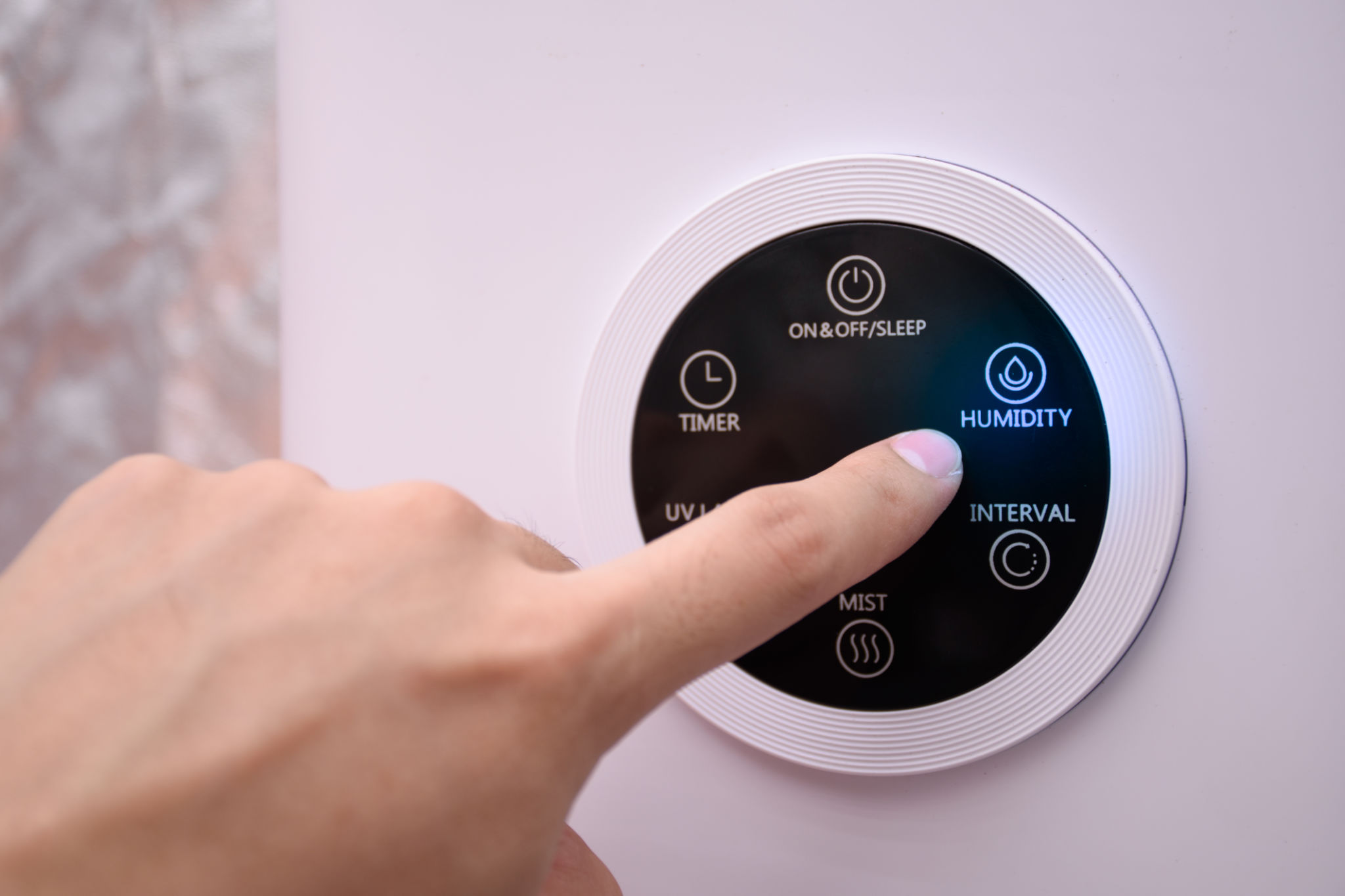Seasonal Wine Storage: Preparing Your Wine Fridge for Summer and Winter
RW
Understanding Seasonal Wine Storage
Proper wine storage is crucial for preserving the taste and quality of your wine collection. As seasons change, so do the conditions that affect wine storage. It's essential to prepare your wine fridge for both summer and winter to ensure your bottles remain in optimal conditions. In this guide, we'll explore how to adjust your wine storage practices based on the season.

Why Temperature Matters
Temperature is a critical factor in wine storage. Both extreme heat and cold can negatively impact the wine's flavor and chemical composition. In summer, temperatures can soar, potentially warming your wine beyond the recommended levels. Conversely, freezing winter temperatures can also pose a threat. Maintaining a consistent temperature in your wine fridge is essential for preserving the integrity of your collection.
Generally, the ideal temperature for storing wine is between 45°F and 65°F (7°C and 18°C). For long-term storage, aim for the lower end of this range to slow down the aging process.
Adjusting Your Wine Fridge for Summer
As summer approaches, it's important to prepare your wine fridge to handle higher temperatures. Consider the following tips:
- Set the correct temperature: Ensure your wine fridge is set to maintain a consistent temperature of around 55°F (13°C).
- Check seals and insulation: Make sure the door seals are intact to prevent warm air from seeping in.
- Avoid direct sunlight: Position your wine fridge away from direct sunlight to minimize heat exposure.

Winter Wine Storage Tips
Winter brings its own set of challenges for wine storage. To protect your wines during colder months, follow these guidelines:
- Monitor temperature settings: Ensure your wine fridge doesn't dip below 45°F (7°C) to prevent freezing.
- Protect from cold drafts: Keep the fridge in a location that's free from cold drafts or sudden temperature changes.
- Use a power backup: Consider a backup power source to maintain consistent conditions during power outages.
Humidity Control
Humidity is another important factor in wine storage. Ideally, humidity levels should be between 50% and 70%. This prevents corks from drying out, which can compromise the seal and spoil the wine. During both summer and winter, regularly check and adjust the humidity levels within your wine fridge.

Organizing Your Wine Collection
The organization of your wine collection can also play a role in maintaining quality. Consider grouping wines by type or region to make it easier to find what you're looking for. Additionally, ensure that bottles are stored horizontally to keep corks moist, especially during dry months.
By paying attention to these seasonal considerations, you can enjoy your wines at their best all year round. Whether you're a casual collector or a serious aficionado, proper seasonal preparation of your wine fridge can make all the difference in preserving the quality of your treasured bottles.
